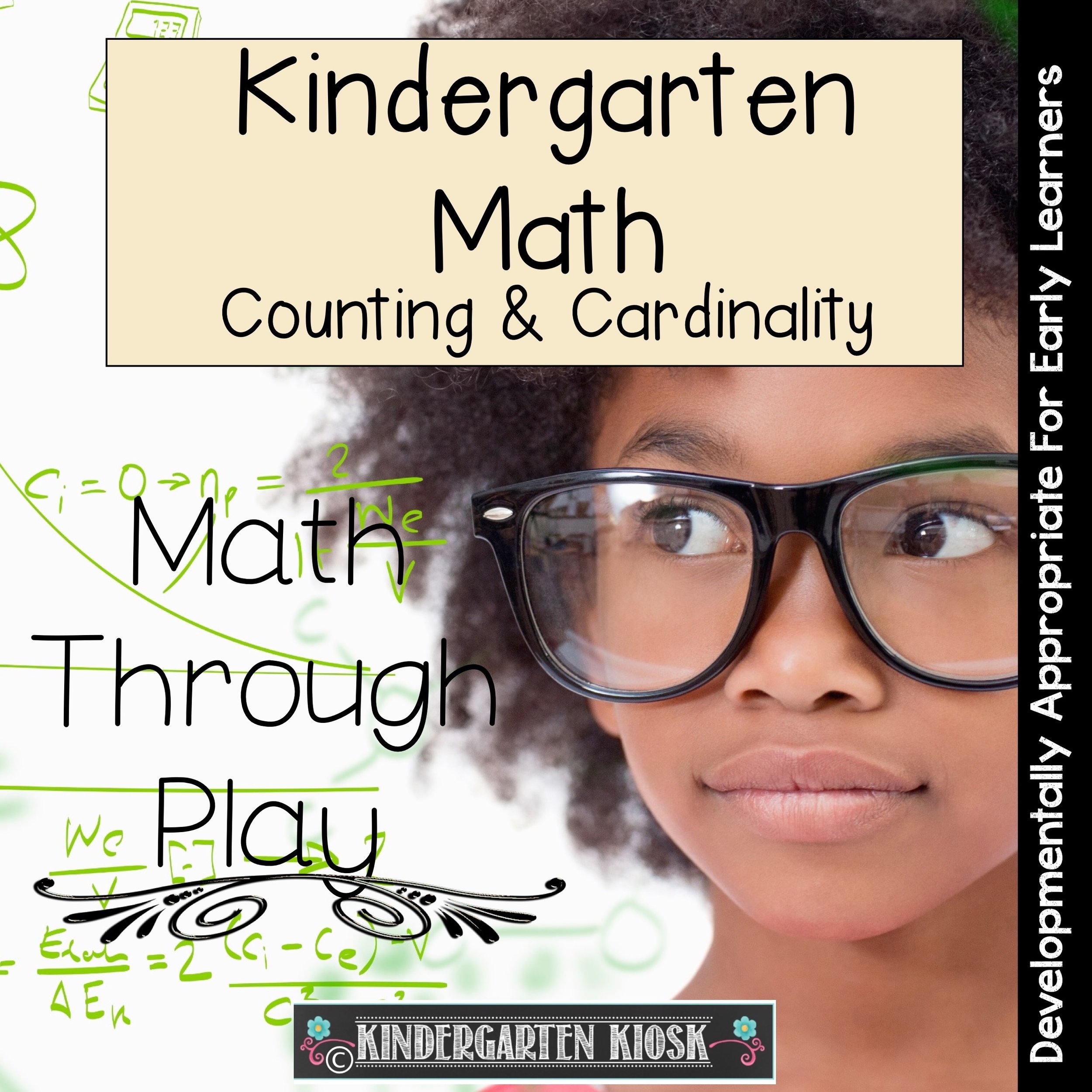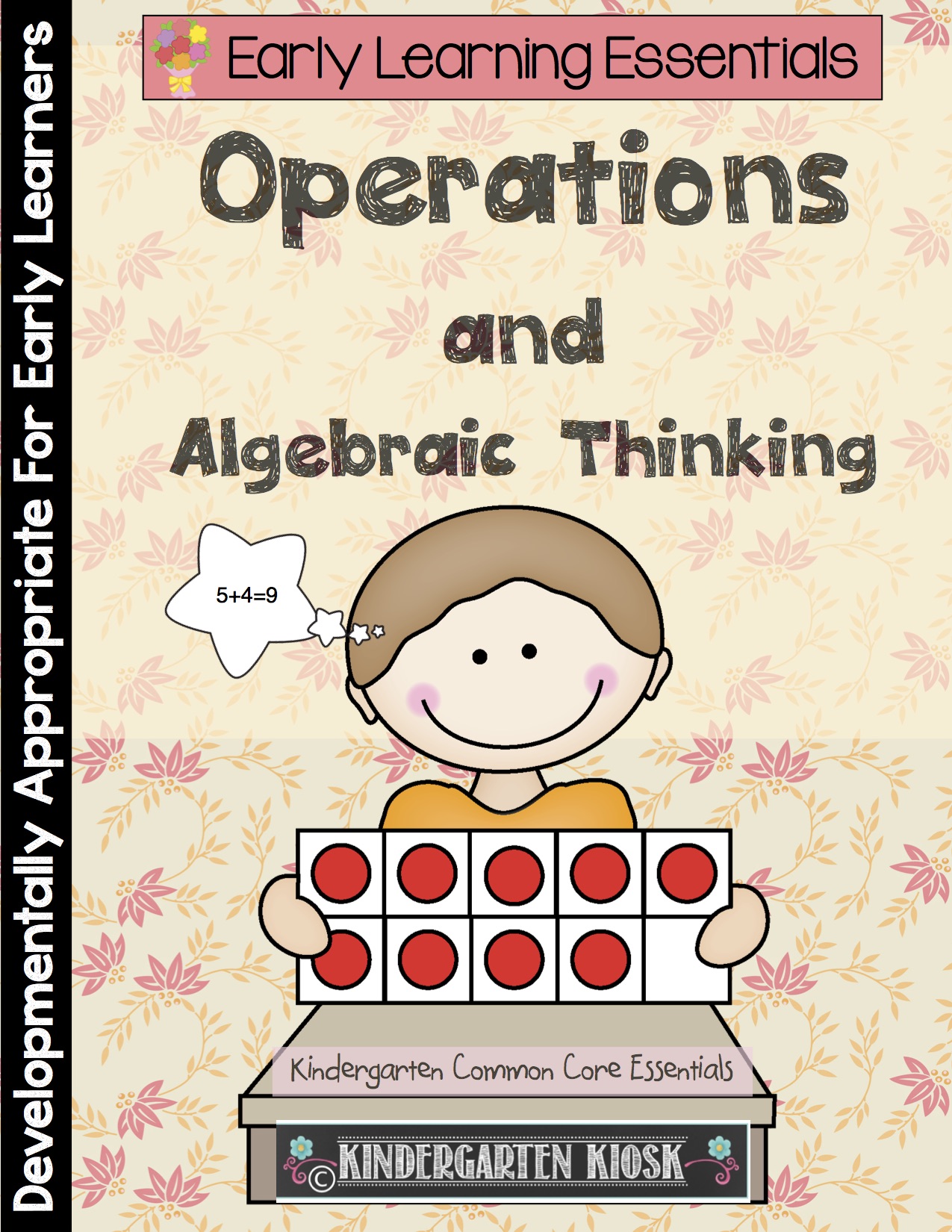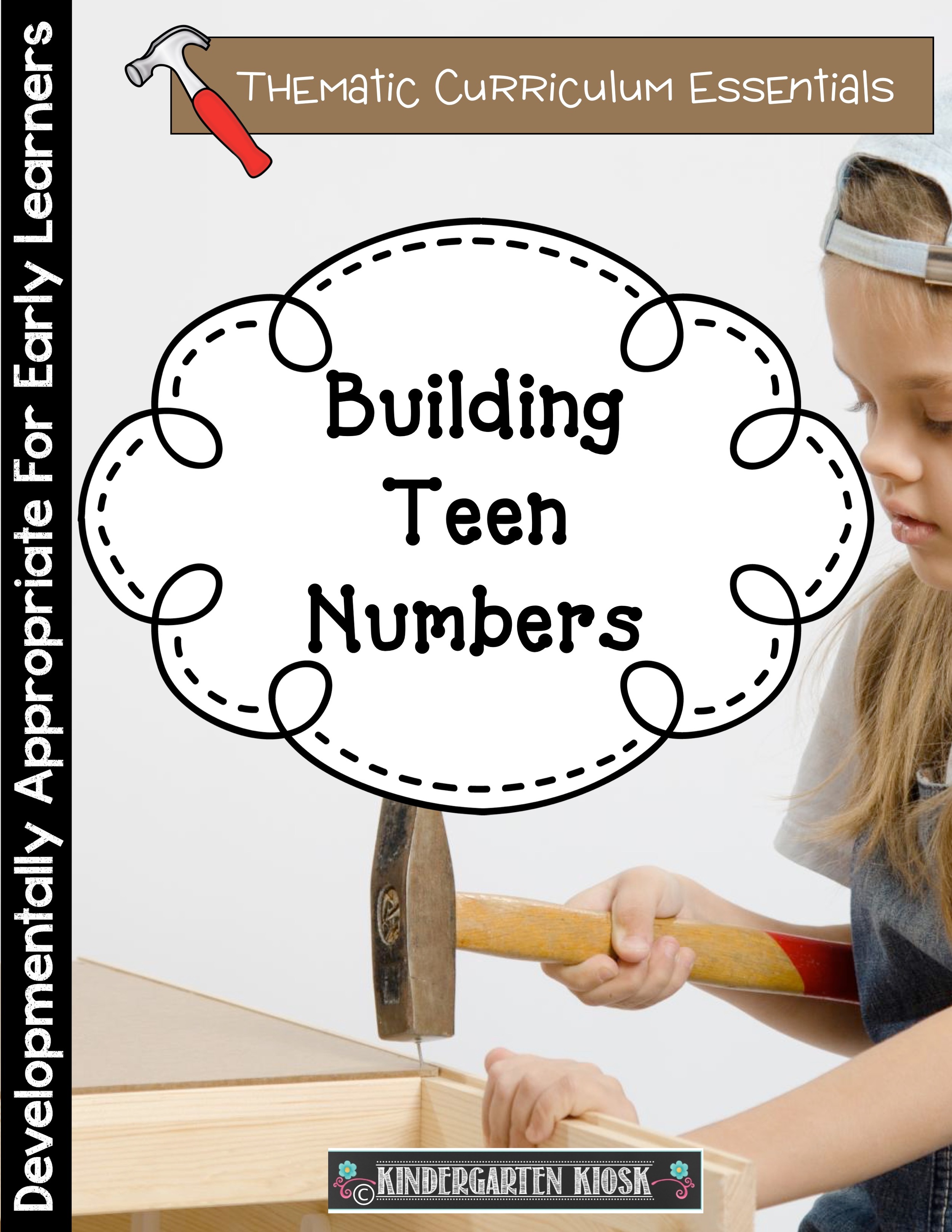Number Sense & Rudimentary Math Skills
Number Sense is King
A child's development of number sense is of utmost importance. Not only does it predict a student's future success in mathematics, it may also predict future success in literacy. Because of it's importance, early Number Sense should be one of the primary focuses of any kindergarten program. "Unfortunately, too many traditional programs move directly from [the rudimentary concepts of math] to addition and subtraction, leaving students with a very limited collection of ideas about number to bring to these new topics. The result is often that children continue to count by ones to solve simple story problems and have difficulty mastering basic facts. Early number sense development should demand significantly more attention than it is given in most traditional K-2 programs" (Walle and Lovin 2006).
One benefit of the Common Core, is that we, as teachers, do not (and should not) have to depend on textbook companies to interpret the Common Core for us, we can use the Core itself as the basis for our teaching, and all of the concepts listed on the Core (except for measurement and geometry) fit squarely into one or more of the areas that constitute Number Sense.
Rudimentary Math Skills
Counting
Counting is not a component of number sense, but I mention it here because it is one of the rudimentary concepts that a child needs to develop before they begin to work with numbers. I am referring here to counting by rote, or memorizing the number names and their sequence. The following songs teach rote counting.
The following Common Core standard refers to rote counting:
CCSS.MATH.CONTENT.K.CC.A.1 Count to 100 by ones and by tens.
One-to-One Correspondence
A rudimentary concept, one-to-one correspondence (as explained in the following video) is a child's ability to match their rote counting sequence to one and only one object that they are counting. Some children arrive in kindergarten with this ability, but many do not.
This Common Core standard is referring to as one-to-one correspondence:
CCSS.MATH.CONTENT.K.CC.B.4.A When counting objects, say the number names in the standard order, pairing each object with one and only one number name and each number name with one and only one object.
This Common Core standard involves one-to-one correspondence, however, it is important to remember that standards like this include writing skills, and, therefore, are not wholly mathematical. A child's fine motor development should be taken into account, and the methodology of teaching writing skills should be used:
CCSS.MATH.CONTENT.K.CC.A.3 Write numbers from 0 to 20. Represent a number of objects with a written numeral 0-20 (with 0 representing a count of no objects).
Conservation of Number
Another foundational skill is an understanding that the organization of a group of objects does not change the amount of objects. The following child is struggling with conservation of number:
"What children see plays an important part in their understanding of the world... When adults watch a child count out eight objects and then say that there are more than eight when the objects are spread out, it is often difficult to understand how the child is thinking. However, imagine some situations in which we adults are also fooled by our perceptions. Thirty adults in a room may seem, even to us, like more people than if we saw thirty children in that same room. If we don't actually count, our estimate of the number of people might reflect that general impression. Our experiences over long periods of time have taught us to check our perceptions and trust our logic when perception and logic contradict each other. Children, however, are still tied strongly to their perception. They need many different experiences, along with maturation, before they understand what we describe as conservation of number" (Richardson 1999).
When we involve children in activities that develop number conservation, we are working the following Common Core standards:
CCSS.MATH.CONTENT.K.CC.B.4.B Understand that the last number name said tells the number of objects counted. The number of objects is the same regardless of their arrangement or the order in which they were counted.
CCSS.MATH.CONTENT.K.CC.B.5 Count to answer "how many?" questions about as many as 20 things arranged in a line, a rectangular array, or a circle, or as many as 10 things in a scattered configuration; given a number from 1-20, count out that many objects.
In the next post, we will discuss the components of number sense and how they relate to the rest of the Common Core. Stay tuned!








